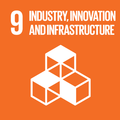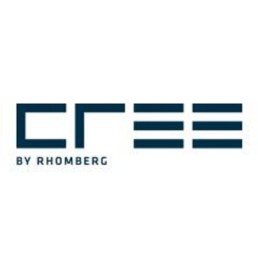The LifeCycle Tower is a fast, resource-efficient and sustainable construction method using wood for multi-story buildings up to 30 storeys.
The LifeCycle Tower (LCT) is way of building from Cree GmbH, based on achieving sustainability through material selection and building methods. The wooden-concrete hybrid structure provides a comfortable living and working environment and fulfills Passivhaus standards, ensuring efficiency and reducing the ecological footprint. According to Cree, the simple building system cuts construction time in half, but retains strength allowing buildings to reach up to 30 storeys high.
Building layout, outside façades, surfaces, and interiors are individually designed by architects, while system components such as slabs, columns, inside façade, and building services ensure the building’s structural integrity and functionality. The technology is open source to allow global roll out.
With the lifecycle tower we follow an open source approach, which means to globalize knowledge and localize value creation.
Hubert Rhomberg – CEO, Cree.
Why you should care
Resource efficiency, simple but flexible design, and some off-site prefabrication all lend this solution to urban sustainable developments. An eight-story office building in Austria shows the technological, ecological, and economic advantages of the hybrid-timber construction system.
How the Global Goals are addressed

Industry, Innovation, and Infrastructure
40 percent of global resource consumption comes from the building industry. This building construction system can help the sector to become more sustainable.
Responsible Consumption and Production
The LifeCycle Tower by Cree is built for flexibility, allowing future building modifications as well as sustainable disassembly.

Climate Action
By using wood-concrete hybrid materials, the company estimates to produce five times less CO2 than using traditional concrete methods.



